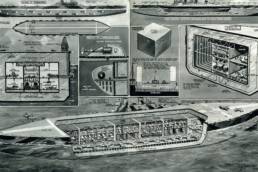Once an icy and somewhat wacky weapon intended for WWII action, Jasper, Alberta’s abandoned Habbakuk hulk is now a deep treasure for divers. By Clare Menzel.
Forget ballistic missiles and atomic bombs. British inventor Geoffey Pyke was certain that ice and wood pulp would be the Allies’ secret to success during World War II. Inspired by the indestructibility of icebergs, Pyke dreamt of a “bergship” invulnerable to attacks by German submarines. A desperate Winston Churchill approved the idea, admitting he had a cursory concept of ice’s capabilities.
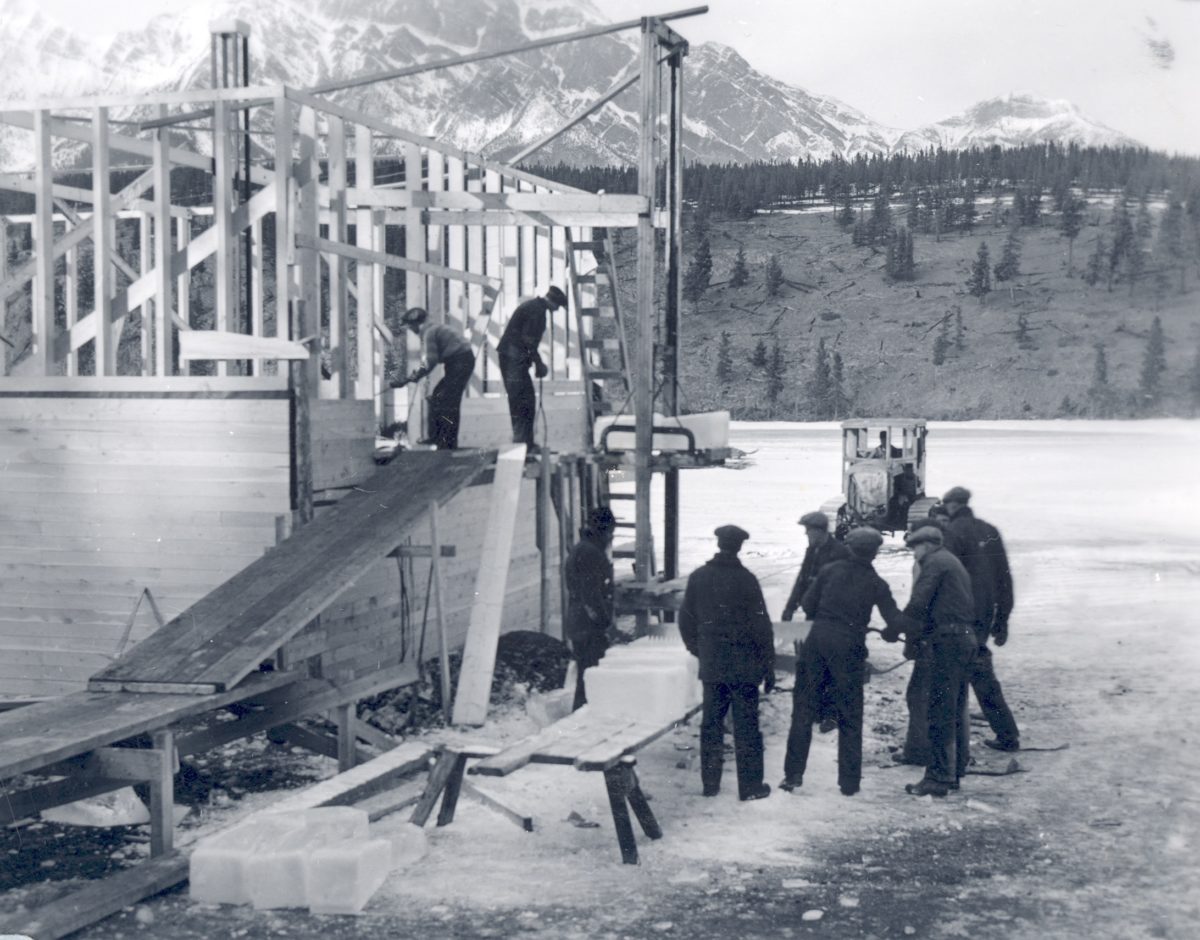
The Brits sought Canadian ice expertise, and an international team of scientists developed what was called “pykrete,” ice fortified with wood pulp. The material was so strong that, reportedly, a torpedo impact would only create a metre-deep surface wound. Anticipating skepticism, Pyke dubbed the project “Habbakuk,” after a passage in the Hebrew bible wherein the prophet states of a miracle “ye will not believe.”
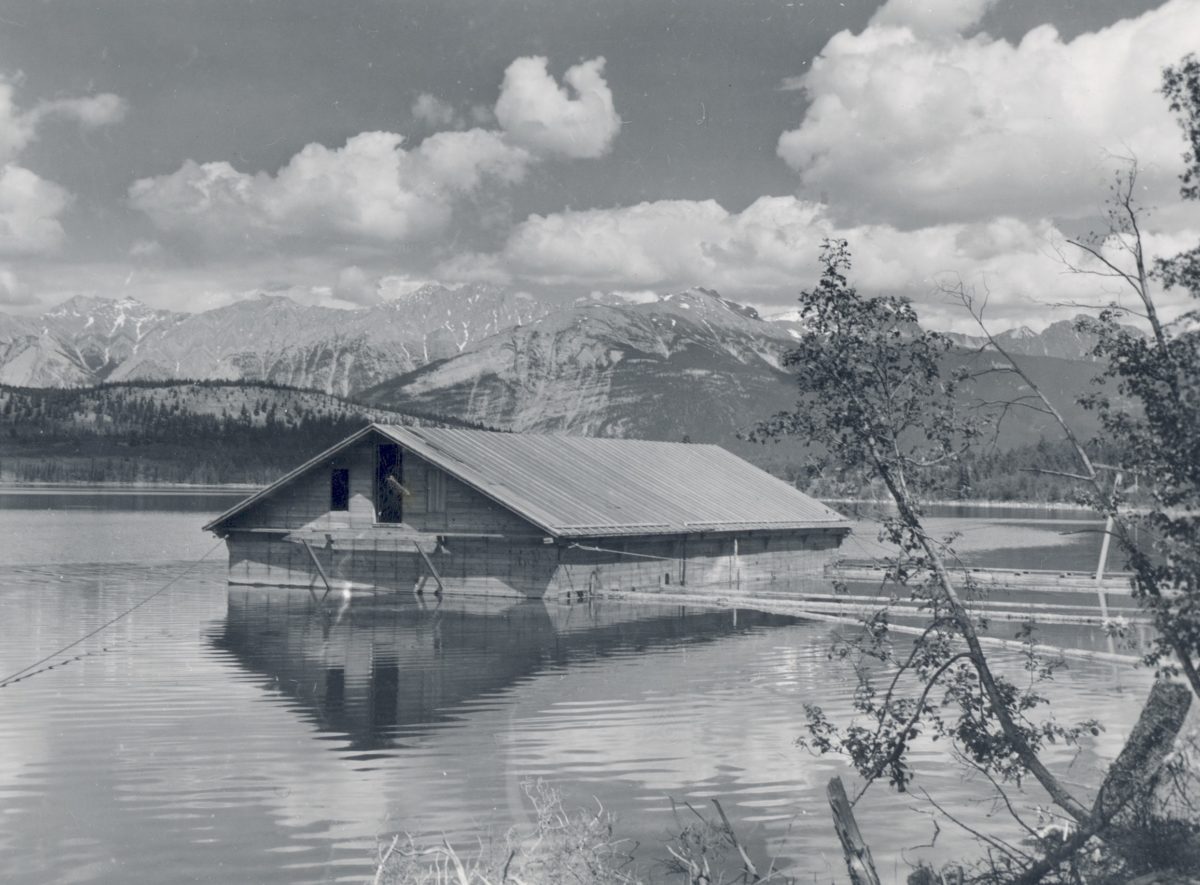
Top-secret construction of a prototype began in 1943 on frozen Patricia Lake, near Jasper, Alberta, a location chosen for its seclusion, proximity to a railroad and cold climate. However, rising expenses and design challenges quickly stalled the project, and within a year it was scrapped. The Habbakuk prototype took three summers to fully melt. The wreck was long a mystery, even to locals like the D’Heer family, owners of the Patricia Lake bungalows. Now, Nathan D’Heer, the sole licensed Habbakuk guide, leads some 20 experienced divers each year through cold, dark waters to the wreck, 30 metres below the surface. “Yes, it’s a bunch of wood…and the technology was abandoned for a reason,” D’Heer says. “But what’s neat is really establishing the connection to something in Jasper’s history. It’s just sitting at the bottom of the lake and nobody knows.”
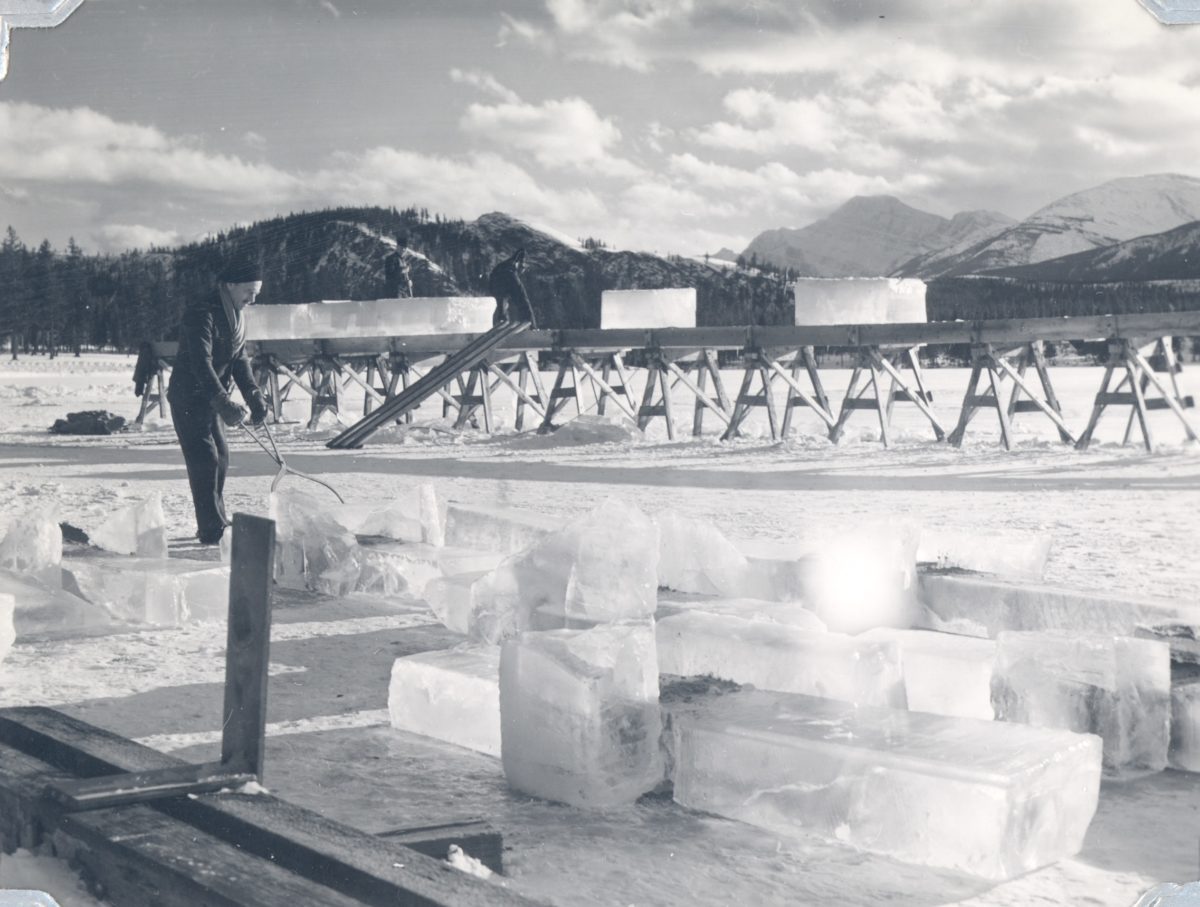
Designs for the Habbakuk aircraft carrier featured a heavily insulated frame made from pykrete, a eixture of wood pulp and ice; Ice was harvested from Patricia Lake for use in the construction of the ship; On-baord refrigeration units kept the pykrete from melting; the large-scale model of the Habbakuk built in Alberta was 18 by 9 metres (60 by 30 feet) and weighed 1,000 tons. The project was scrapped before it was finished because of rising costs; The refrigeration equipment was removed, the ice melted and the wooden superstructure sank to the bottom of the lake; Although it looks like a boathouse, it’s actually the large-scale model of the Habbakuk floating on Patricia Lake, Alberta.
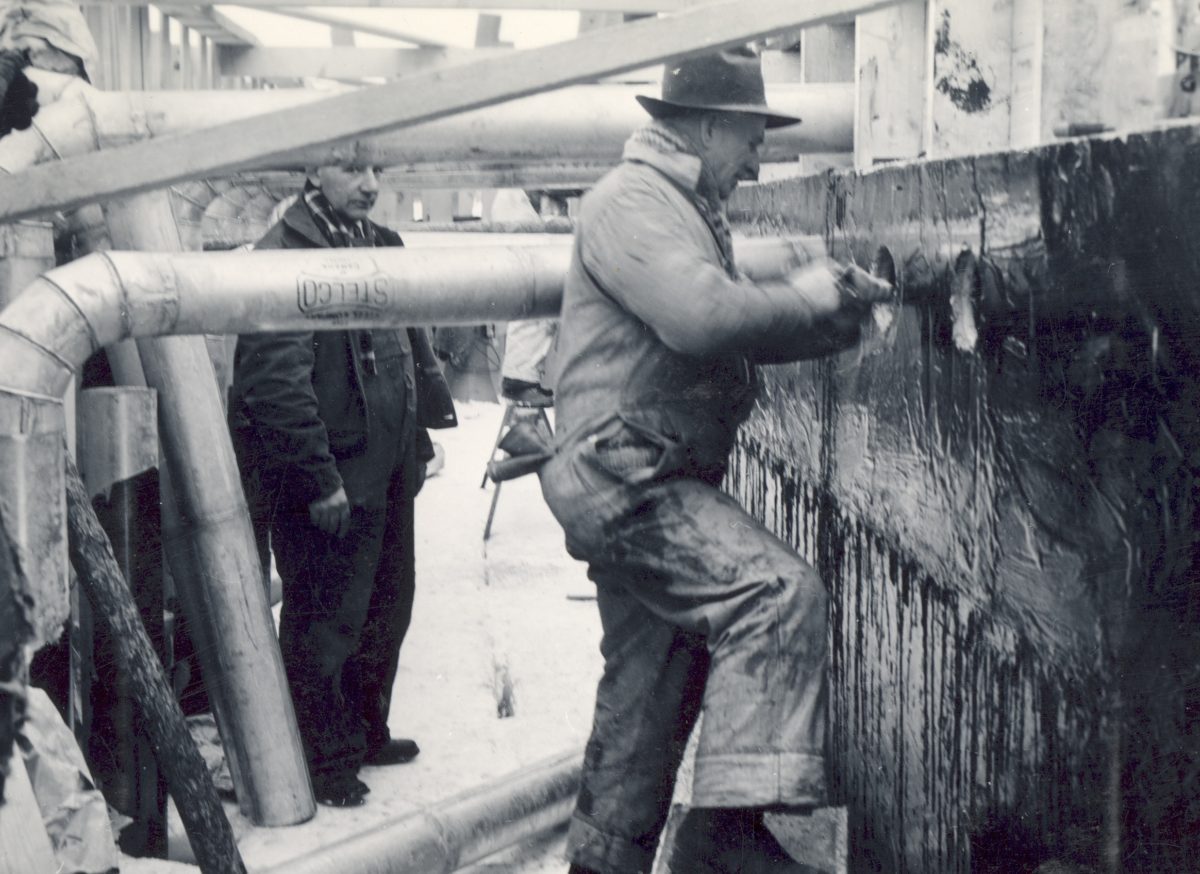
Clare Menzel
Clare is an East Coaster who found her way west and who now lives in Northwest Montana. She is a regular contributor to Kootenay Mountain Culture Magazine.
Related Stories
University of Alberta Launches Free Mountains 101 Course
In a global first-of-its kind, the university of Alberta's new Mountains 101 course is taking the world's greatest…
A First Descent Off Chisel Peak Near Invermere
On May 2, 2019, skiers Stefanie Falz and Cam Mclellan skied a new line off Chisel Peak near Invermere, British…


